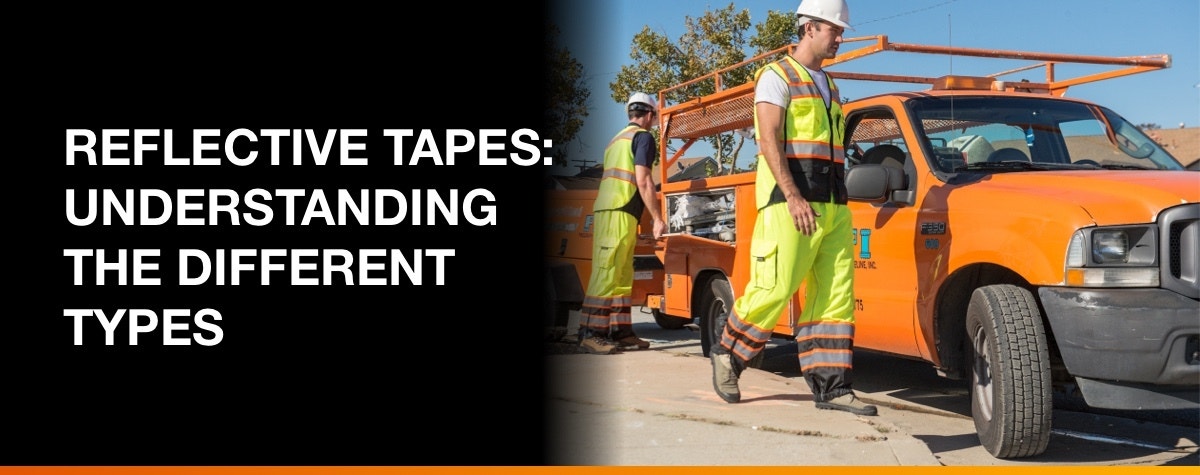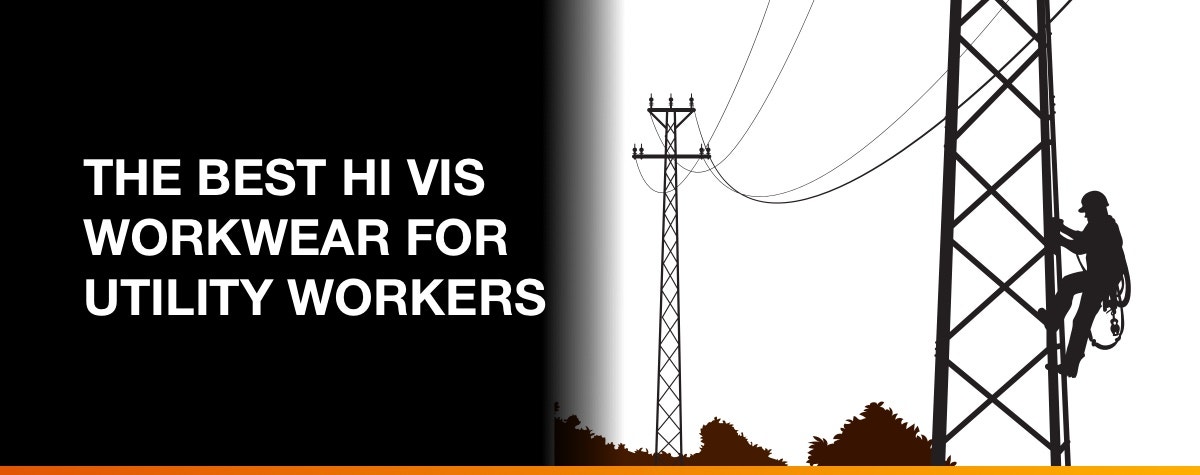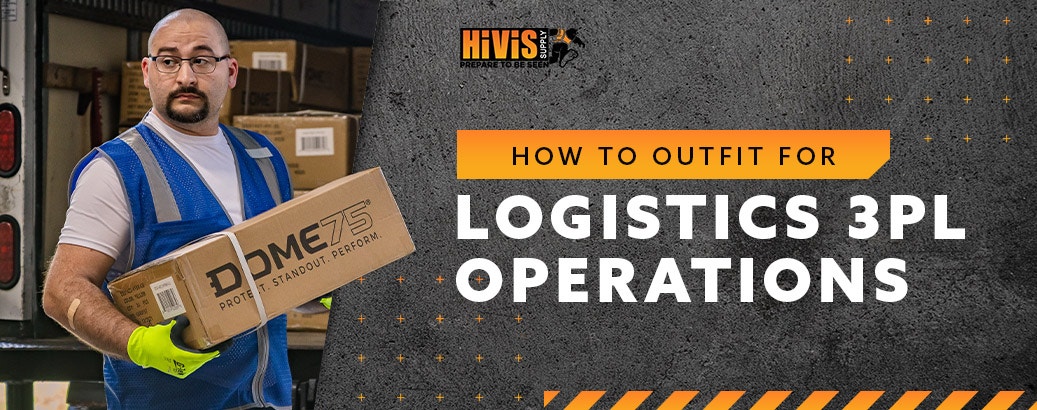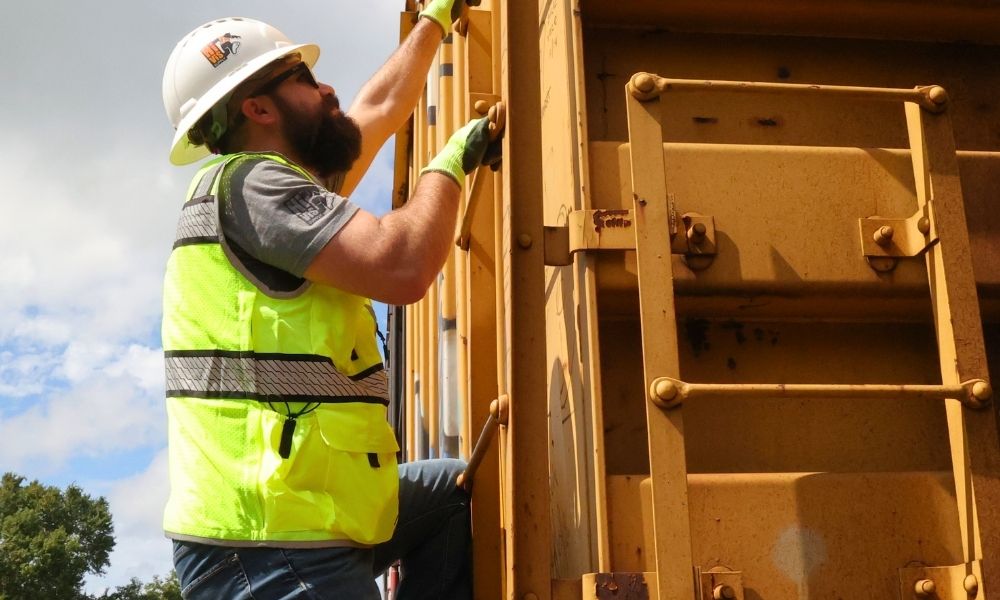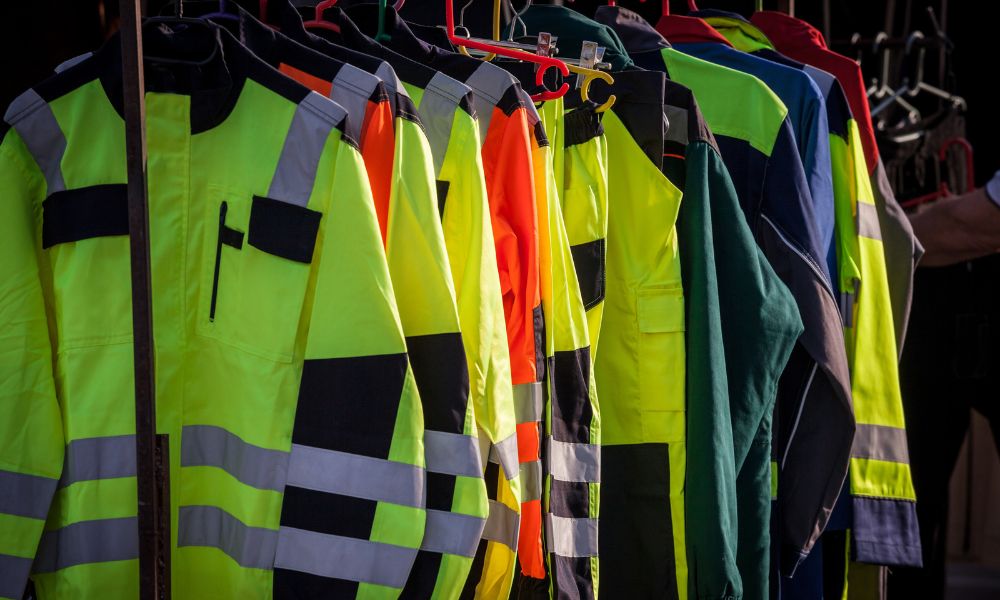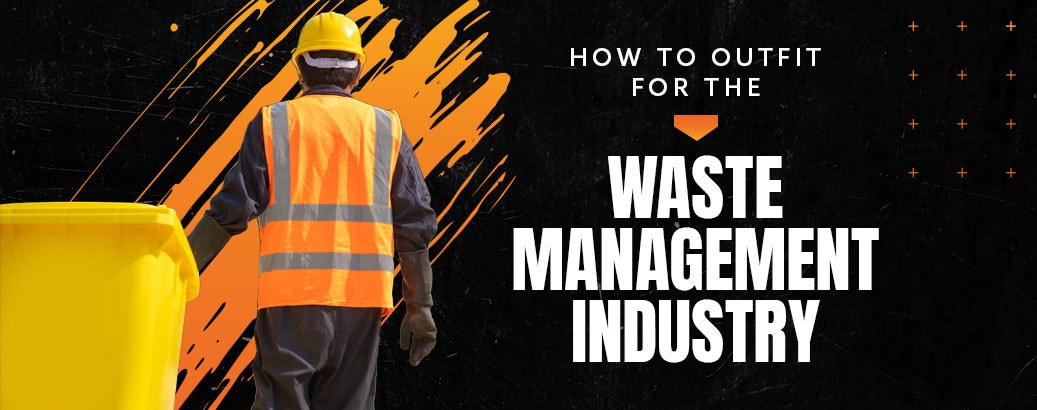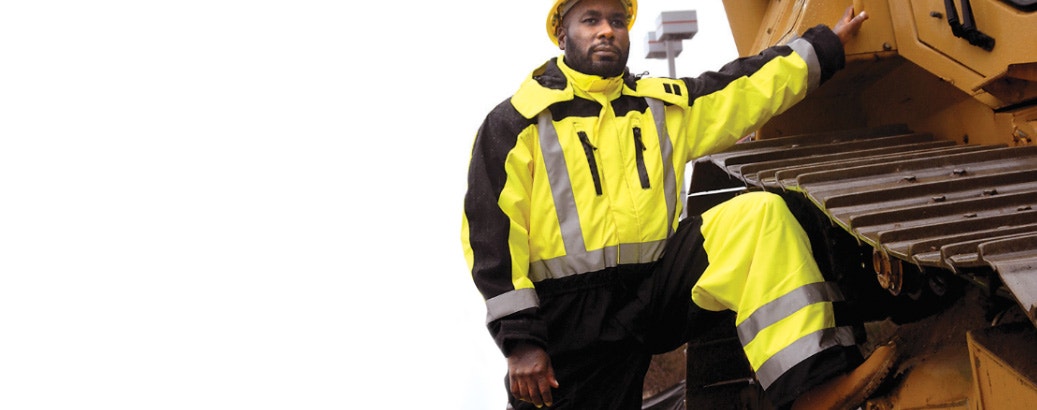Not All Work Rain Gear Is Equal. Which One Is Right for You?
- By HiVis Supply
- Dec 30, 2020
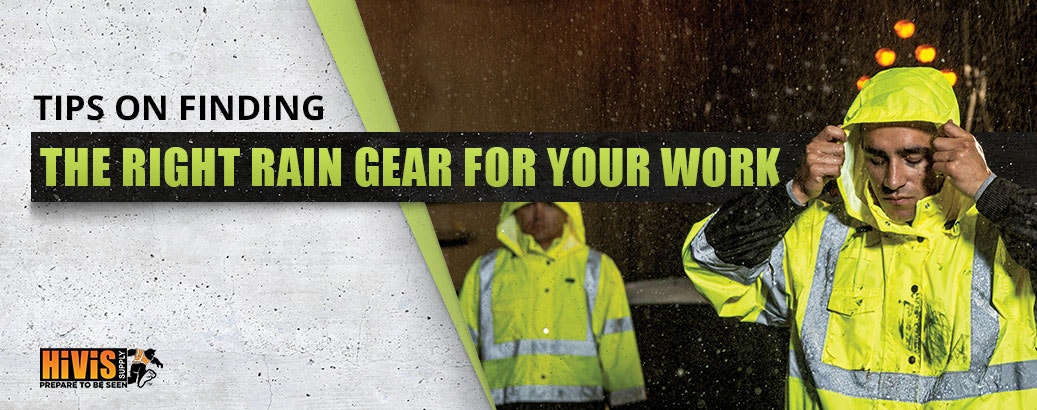
“Into each life, a little rain must fall.” That’s how the old song goes, and it’s a good reminder that wet weather doesn’t discriminate and often arrives when least expected. But just because it’s going to rain sooner or later doesn’t mean you have to sit there and get wet.
In fact, the best defense against rain is equipping yourself with the right work rain gear. But with such a large array of rainwear on the market now, how can you pick out only the best stuff that will keep you dry and comfy on the job? Below, we’ll discuss the basics of choosing the best rain gear for today’s outdoor workers. As we begin, let’s take a moment to understand the principles behind how rainwear works.


How Good Rain Gear Keeps You Dry
Waterproof fabric is the foundation of any good piece of work rain gear. But how does a waterproof fabric work? To understand, it’s helpful to look at what’s happening on the micro-level. First, think about a non-waterproof fabric like cotton. When it gets wet, the material absorbs the water into its fibers. Instinctively, most of us know this: We know that cotton is a fine choice when you won’t be getting wet, but it will turn into a waterlogged mess in the rain or under heavy sweat.
Now, compare it to a waterproof material like those used in today’s work rain gear. These materials are designed to prevent water from permeating the fabric; instead, the water rolls right off. That might sound easy enough to achieve, but the challenge comes in creating waterproof performance while keeping the garment breathable so that sweat doesn’t build up underneath it. To achieve this, the typical waterproof fabric is made from three layers:


- Outer Layer: Also called the face fabric, this layer is typically made from resilient fabrics like nylon or polyester. This fabric itself usually isn’t strictly waterproof, but it typically has a durable water repellent (DWR) applied to it that helps keep water out.


- Coated Layer: This ultra-thin layer is usually made of a substance such as polyurethane or Teflon. In this thin membrane are microscopic holes that perform a neat little trick: They’re so small that they keep out liquid water while allowing water vapor to flow out, keeping the garment breathable and comfortable. A hydrophilic coating on this layer also helps draw out moisture from underneath the jacket.


- Comfort Mesh: The final layer is a fine mesh that protects the middle layer and improves comfort. In some jackets, the fabric only has two layers and a separate fabric layer is used for the jacket’s inside.
Different jackets use different types of waterproof fabrics, but most are variations on this technology. Next, we’ll talk about some of the many types of work rain gear available now.
What Type of Rain Gear Do You Need?
Rain gear comes in many different styles and types of garments. For most applications, the standard choice is one of the following:
- Rain Jacket: The rain jacket is most people’s go-to rain gear, thanks to its versatility and the number of different models available. Most rain jackets are longer than a standard jacket and include features such as a storm flap to keep water out of the zipper. Many also offer a snap-on or zip-on rain hood that can be attached as needed.
- Rain Pants/Bib: While rain pants aren’t a household item the way a rain jacket is, professionals who work outside in the rain for extended periods, such as first responders, often have a matching set of rain pants or bib overalls to go with their rain jacket. That’s because other common durable pants fabrics like denim become waterlogged in the rain, while a pair of polyurethane-coated rain pants will help keep the wearer dry all day long.
- Parka: A parka isn’t specifically a type of rain gear, but it’s a common sight in environments that require insulated rain gear. The waterproof outer shell and warm inner lining of a parka combine to make it a great choice for any winter precipitation situation, although it will often be too hot for a warmer environment.
- Multi-Layer Rain Gear: If you work in an environment with unpredictable weather conditions, multi-layer rain gear can make your life much easier. These versatile garments are created with multiple layers that zip or snap together for easy removal. When the rain lets up, or the temperature changes, it’s a cinch to customize your perfect level of protection and warmth.
The Importance of High-Visibility Rain Gear
Lots of workers need more from their work rain gear than just waterproofing. One feature that’s incredibly important for many jobs is a high-visibility colored and reflective material.
Rainy conditions make outdoor work more dangerous in a variety of ways, and that’s especially true for fields such as construction and utilities work. People in these jobs are already vulnerable to being hit by vehicles or heavy machinery operated by someone who is distracted or can’t see the worker. Any kind of precipitation increases these dangers because of precipitation’s negative effects on visibility, driver reaction time, and stopping distance.
That’s why high-visibility rain gear is an absolute must-have for many outdoor occupations. In rainy conditions, high-visibility rain gear provides a crucial visibility boost that can save lives. The bright colors and high-performance reflective tape used in high visibility garments are critical for helping workers stand out in the visual field of drivers and machine operators.
The ANSI 107 standard is the definitive benchmark for hi vis gear in the U.S. ANSI 107 sets requirements for different categories of high-visibility workwear that include specific colors, design features, and minimum amounts of a reflective surface. Many occupations and businesses require a specific level of ANSI 107 compliance in job site PPE, usually either ANSI 2 or ANSI 3.
Other Important Features for Rain Gear
High-visibility rain gear isn’t the only rain gear feature you might need. Below are some examples of other rain gear features that might be important for your application:


- Flame Resistant (FR) Rain Gear: FR rain gear is designed to extinguish itself rather than continue to burn if it catches on fire. This is a critical safety feature for jobs such as electrical equipment maintenance and certain types of welding. For more information, see our guide to dual performance FR clothing.


- Insulated Rain Gear: Cold and rainy isn’t a fun combination, so you need professional-level insulated rain gear to protect you when the temperature drops and the rain starts pouring. Insulated rain gear usually uses synthetic insulation rather than down because of its superior performance in wet conditions.


- Enhanced Visibility Rain Gear: This type of rain gear provides visibility above what a normal garment does, but isn’t designed to comply with any particular ANSI standard. Enhanced visibility gear can be a good choice for creating a safer job site without having to verify compliance with ANSI 107.


Evaluating Rain Gear
So, you’re looking at a piece of work rain gear that you think might meet your needs. But how can you evaluate its characteristics to ensure that it’s suitable? These are the basic criteria that most workwear buyers will want to look for:
- Build Quality: Look for sealed seams that help keep water out. Zippers and other closures should be protected from water ingress, and water should bead on fabrics rather than soaking in. Fabrics should feel generally tough and be made from materials like polyester that can easily be waterproofed.
- Compliance: If your workplace requires it, your rain gear should be designed for the appropriate level of ANSI compliance. Always check rainwear specs to find out whether you’re purchasing an ANSI-107-compliant garment and, if so, which level of standards it meets.
- Flexibility: Your choice of rain gear should offer plenty of flexibility for everything you need to do at work, as workwear that’s too restrictive can cause productivity and safety issues. If you need a high-flexibility, high-protection solution, consider pairing a waterproof jacket with waterproof bib overalls.
- Ventilation: Rainwear must be ventilated to help workers stay comfortable on the job. High-quality rainwear options will include ventilation for areas like the armpits and back that are likely to experience a lot of sweat.
- Cost: High-performance rainwear is an investment that will make your work life safer and more productive, so don’t skimp on quality just because the price is right. However, a good piece of rain gear also shouldn’t require you to break the bank to afford it, and lots of great options are available at reasonable price points.
- Customization: It’s useful to be able to customize rainwear with text and logos to display your brand or help differentiate employees from other contractors.
The Best Work Rain Gear from HiVis Supply
HiVis Supply is a trusted source of workwear for hard-working people everywhere. If you’re looking for great work rain gear, here are eight high-performance rain gear options curated by the workwear experts at HiVis Supply:


- GSS Safety 6003 Class 3 HiVis Black Bottom Safety Rain Coat/GSS Safety 6803 Class E HiVis Black Bottom Safety Rain Pants: This rain jacket/rain pants pairing is a winning combination that features a striking black-bottomed design to keep your workwear looking great even when you’re getting your hands dirty.


- GSS Safety 6501 Onyx Series Class 3 HiVis Black Bottom Ripstop Safety Rain Coat/GSS Safety 6711 Onyx Series Class E Safety Pants w/ Teflon Coating: Seeking tough-as-nails ANSI-compliant high-visibility weather protection, plus ventilation features to keep you cool? Look no further than this one-two punch of rainwear performance.


- Blaklader 4312 Class 3 Black Bottom Rain Jacket/Blaklader 1380 Class E Rain Bibs: Another outstanding option for the lover of black, the jacket features a stylish cut and a removable hood. Meanwhile, rain bib overalls provide full-body protection and superior levels of mobility on the job.


- ML Kishigo RWJ112 Brilliant Series Class 3 HiVis Rain Jacket/ML Kishigo RWP112 Brilliant Series Class E HiVis Rain Pants: This jacket/pants rain suit combo is a three-season classic with taped and sealed seams for ultimate weatherproof protection. Add in ventilation for high-heat areas like the back and underarms, and you’ve got a recipe for maximum comfort when you need it the most.


- Work King S372 Class 3 300D Ripstop Rain Jacket/Work King S374 Class E 300D Ripstop Rain Pant: A classic design with rugged construction, this jacket/pants combo model shows why Work King is one of the biggest names in workwear. Between a polyurethane-coated shell, a dual-fly jacket front for better moisture control, and a built-in hard hat hood, this one’s got it all.


- Radians RW11 Class 3 Lightweight Ripstop Rain Jacket/Radians RW12L Class 3 HiVis Ladies Lightweight Ripstop Packable Rain Jacket: Workers who need something breathable and flexible will love this versatile and stylish light jacket, which is also available in women’s sizes. All models and sizes feature extra pockets, lightweight mesh lining, underarm venting, and more.


- Neese 267AJ Class 3 HiVis Dura Arc 2 FR HRC 2 PVC on Modacrylic Safety Rain Jacket/Neese 267BT Class E HiVis Dura Arc 2 FR HRC 2 PVC on Modacrylic Safety Rain Bib: This combo is an MVP for its serious arc hazard protection and waterproof performance. A cutting-edge modacrylic fabric is the secret, together with a NOMEX® ventilation system that keeps air circulating for breathable comfort.


- National Safety Apparel FR Class 3 HRC 3 Gore-Tex Foul Weather Safety Jacket/National Safety Apparel Enhanced Visibility FR Navy HRC 2 Gore-Tex Foul Weather Safety Bib: When you have to have the toughest flame resistance and rain protection, accept no substitutes—this combination is the real deal. The combination of a jacket and bib produces maximum flexibility, and the ultra-durable FR material can power through any rough conditions.
Interested in customizing your rainwear? Make sure to check out our fast and easy custom imprinting options.


We’ve talked a lot about the best work rain gear, but what about winter workwear for when cold weather rolls around? Check out our guide to essential winter workwear to learn about the most important cold-weather gear for outdoor workers in chilly climates.


